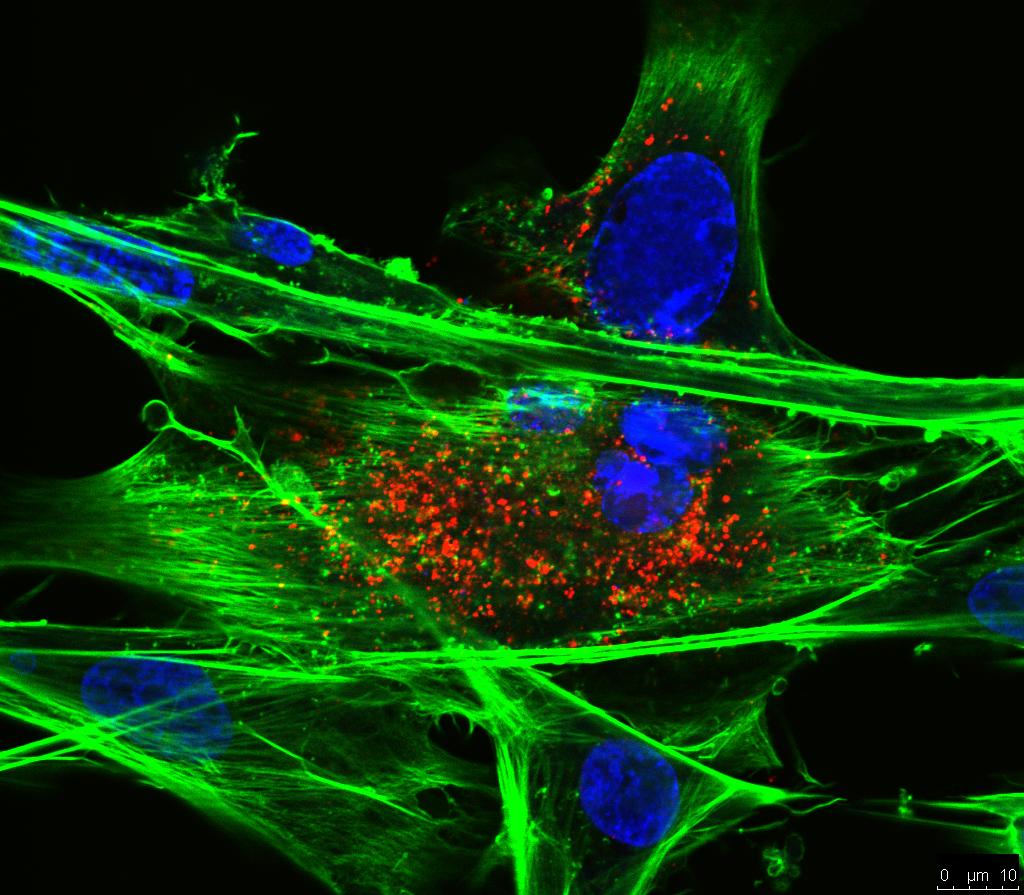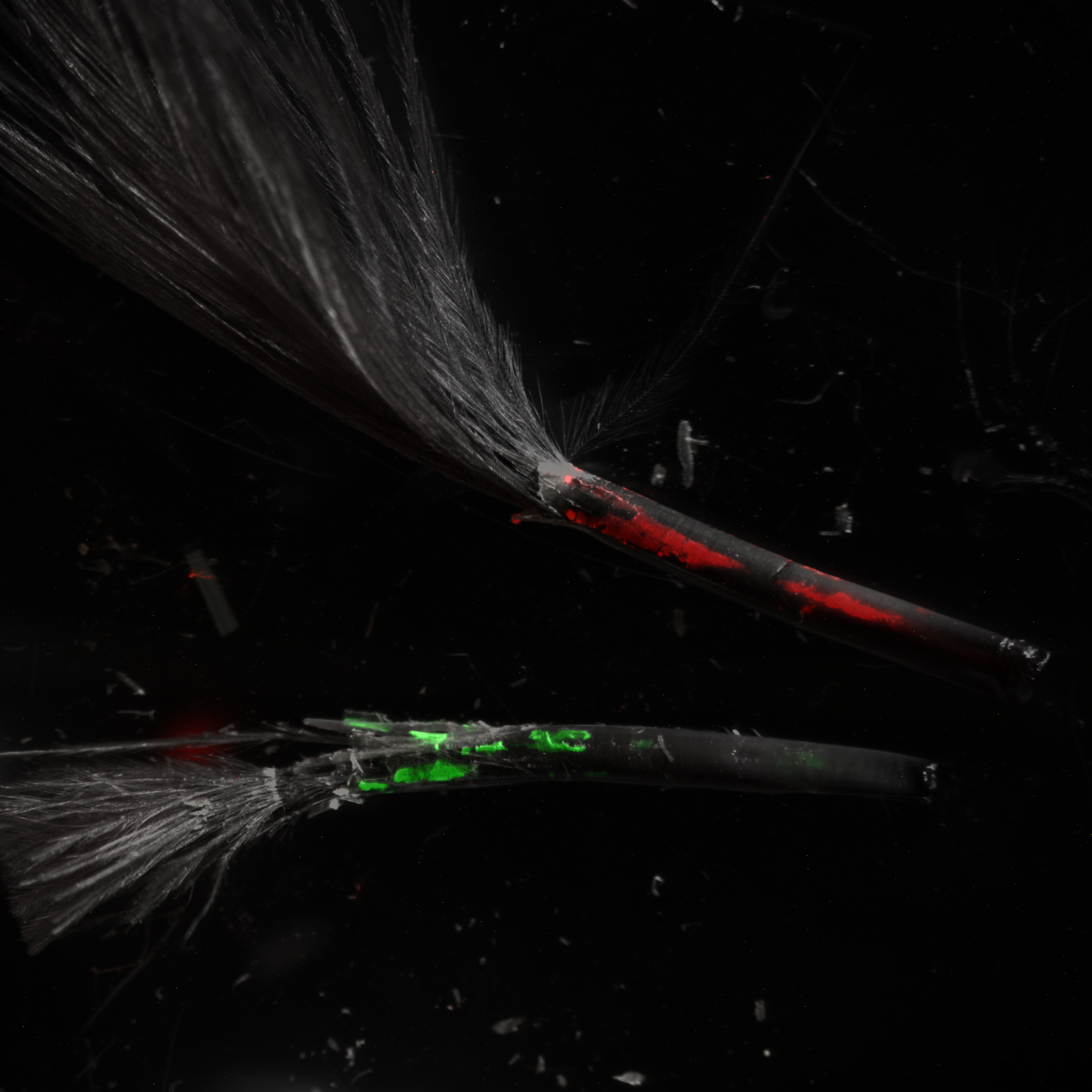High-fidelity long-read sequencing of an avian herpesvirus reveals extensive intrapopulation diversity in tandem repeat regions
Comparative genomic studies of Marek's disease virus (MDV) have suggested that attenuated and virulent strains share >98% sequence identity. However, these estimates fail to account for variation in regions of the MDV genome harboring tandem repeats. To resolve these loci and enable assessments of intrapopulation diversity, we used a PacBio Sequel II platform to sequence MDV strains CVI988/Rispens (attenuated), HPRS-B14 (virulent), Md5 (very virulent) and 675A (very virulent plus). This approach enabled us to identify patterns of variation in tandem repeat regions that may contribute to the known phenotypic differences between these strains, including the proline-rich regions of the meq oncogene (Meq-PRR) and MDV049/UL36 (UL36-PRR), the multiple telomeric repeats (mTMR) region of the a-like sequence, the promoter region of the latency-associated transcript (LAT), and the MDV006.5/MDV075.2 transcripts. We also found CVI988/Rispens variants showing a 4.3-kb deletion in the Unique Short (US) region, resulting in the loss of SORF1, SORF2, US1, US10, SORF3, and US2. Despite the conventional wisdom that MDV harbors little genomic diversity even when compared to other herpesviruses, we found MDV tandem repeat regions to be highly variable both within individual samples and across strains. In addition to providing a foundation for future studies seeking to explore a potential link between MDV tandem repeats and phenotypic traits like virulence and attenuation, these findings provide detailed support for the premise that DNA viruses can harbor high levels of within-sample diversity in tandem repeat regions.

